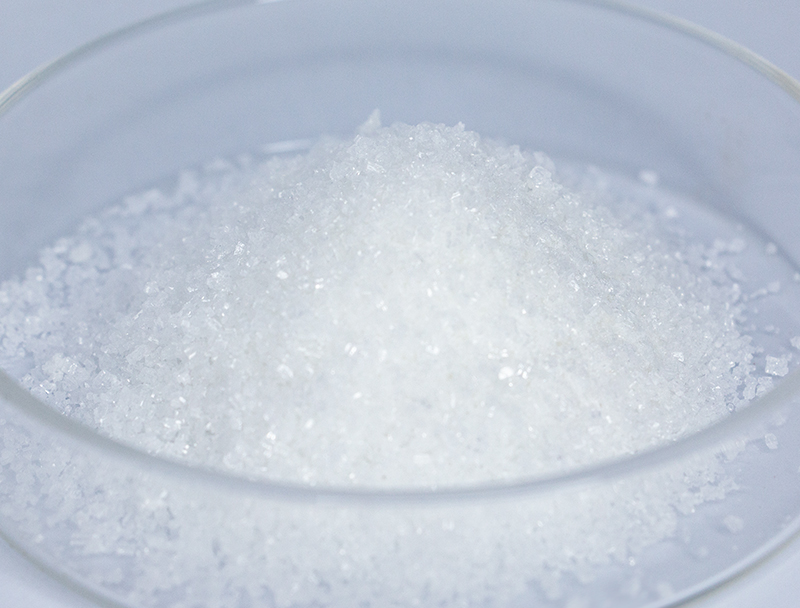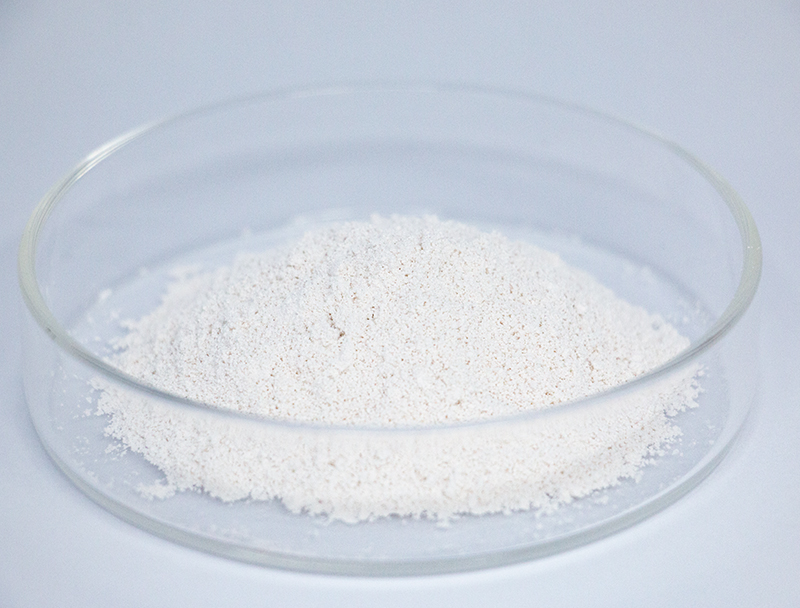
Industrial biosynthesis counts extensively on a comprehensive selection of biomass sources for developing state-of-the-art biosolutions.
Protecting the sustainable sourcing of these resources is indispensable to sustainable success and conscientious scaling.
numerous problems stemming from established sourcing methods including biodiversity loss and excessive resource use. Consequently, biotech firms need proactively to adopt sustainable procurement approaches to reduce environmental impact.
- Examples of sustainable sourcing practices include:
- Using repurposed agricultural residues as substrates
- Operating reuse-focused platforms to lower discard and increase efficiency
- Partnering with local suppliers committed to ethical sourcing practices
Shifting to ethical sourcing drives environmental value and long-term commercial viability.
Enhancing Biomass Composition for Superior Biofuel Results
Advancing fuel production depends on feedstock consistency and composition. Analysts tirelessly probe advances to elevate feedstock conversion, achieving increased output and long-term energy sustainability. Strategies feature genetic optimization to raise biomass yield plus pretreatment to depolymerize plant polymers into sugars.
- Additionally, researchers are focusing on identifying new sources of biomass, such as algae, waste products, agricultural residues, to expand the range of sustainable feedstocks available for biofuel production.
- As a result of relentless efforts the industry should deliver significant enhancements paving a path to sustainable energy.

Enhanced Upstream Strategies for Biopharmaceutical Yield
covers the early phases of biopharma production including culturing and biological harvesting Recent developments in this field have resulted in optimized workflows that raise overall output.
Significant developments incorporate advanced biological platforms, tailored medium blends, and precision reactor engineering. Such breakthroughs boost efficiency and simultaneously reduce manufacturing costs and carbon burdens.
- Furthermore, there is a growing trend towards continuous processing in upstream processing, allowing for increased flexibility over the production process.
- Embracing sophisticated manufacturing strategies is poised to change industry norms and shorten development cycles.
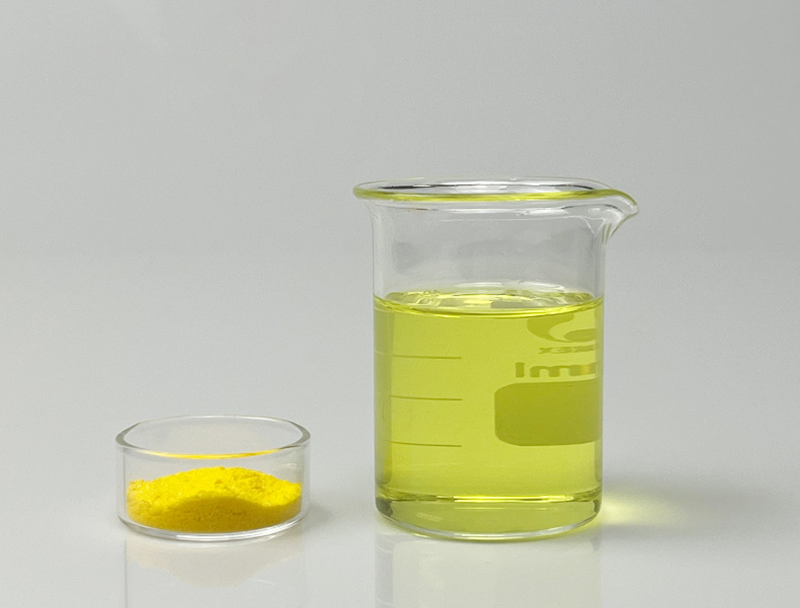
Next-Gen Gene Editing for Enhanced Protein Expression
progresses in gene editing technologies, such as CRISPR-Cas9, have revolutionized the production of biopharmaceuticals. Through focused genomic edits within host strains, scientists increase expression of desired therapeutic proteins. This route supports the creation of more affordable and productive treatments for multiple disorders.
Microbial Solutions for Greener Bioremediation Practices
innovative solutions for sustainable bioremediation, a critical process for addressing environmental pollution. Selected microbial cultures can remediate contaminants through biodegradation pathways.. Employing microbial processes facilitates remediation approaches that preserve ecosystem integrity while reducing pollution.. Investigators study multiple microbial strains for abilities to transform metals, degrade agrochemicals, and process petroleum wastes.. Organisms may be utilized in controlled reactors or in place to accelerate contaminant decomposition through biodegradation..
Using microbes for cleanup carries distinct advantages compared with chemical or physical remediation approaches. Microbial remediation can cut expenses and limit harmful secondary emissions. Similarly, microbe-based remediation affords specificity that avoids extensive ecosystem disturbance. Research efforts persist to upgrade the potency and implementation of microbial remediation strategies.
Computational Biology in Drug Discovery
Digital bioinformatics methods are central to evolving therapeutic discovery processes. From target discovery through candidate optimization, bioinformatics facilitates streamlined, hypothesis-guided workflows.
- By analyzing vast datasets of genomic, proteomic, and clinical data, bioinformaticians can uncover novel drug targets and predict the activity of potential therapeutics.
- In addition, predictive simulations inform medicinal chemistry efforts to craft more efficacious drugs.
- Ultimately, bioinformatics modernizes development workflows and expedites access to safe, beneficial medicines.
Optimizing Metabolism to Increase Bioproduct Production
adopts varied approaches to raise biosynthetic yields of beneficial compounds. Tactics can encompass genetic engineering to reconfigure metabolism, promoter modulation to adjust expression, and pathway insertion to enable new reactions.. By fine-tuning these processes, engineers can significantly increase the yield of desired bioproducts.
Such holistic engineering could impact many areas including medical therapeutics, agricultural outputs, and biofuel production.
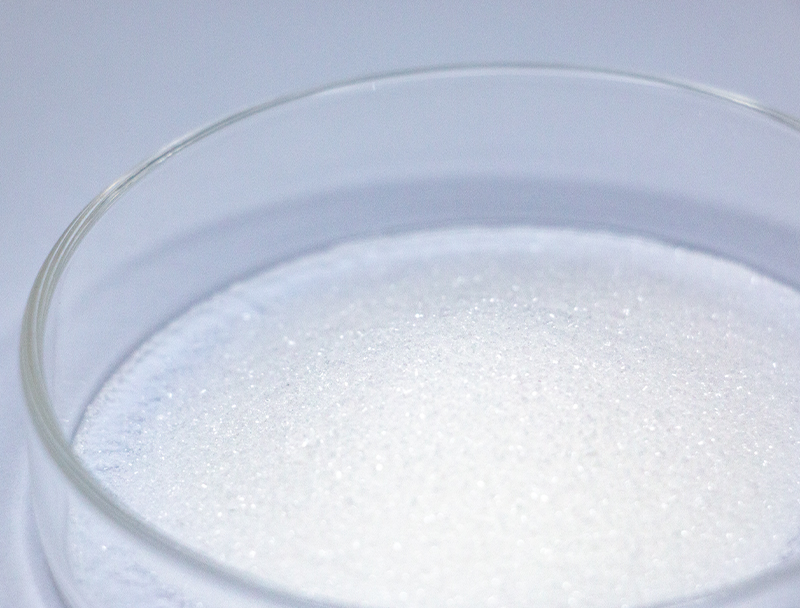
Upscaling Biopharma: Obstacles and Potential Gains
Expanding production volumes poses difficult barriers yet offers substantial opportunities. Ensuring product consistency at larger manufacturing scales represents a major hurdle. Resolving it depends on rigorous control strategies, precise instrumentation, and comprehensive analytics.

Also challenging is the layered complexity of biomanufacturing encompassing numerous sequential steps.. Translating lab methods into scalable operations needs heavy research and technology breakthroughs.. Nevertheless, the upside can be significant. Effective scale-up may expand patient access to therapies, cut unit costs, and improve margins.
Various efforts target the core issues of industrialization. Examples include novel optimization technologies, predictive analytics for real-time control, and inventive production models.
- Product development and process R&D are pivotal to boosting production capabilities.
- Regulatory agencies are working to streamline approval processes for new manufacturing technologies, facilitating innovation in the field.
Aligning Biomanufacturing with Regulatory Standards for Patient Safety
The development of biopharmaceuticals is a complex process that requires stringent regulatory oversight to ensure both patient safety and product efficacy. Biopharmaceuticals, often derived from biological sources, present unique challenges compared to traditional medications.
Agencies such as the FDA in the United States and the EMA in Europe play a crucial role in establishing guidelines and standards for the approval of these innovative therapies..
Thorough testing frameworks are compulsory during all stages of development including after market release.. The measures work to spot potential hazards and validate that therapies reach demanding safety levels..
Concurrently, regulatory organizations fine-tune methods to remain compatible with quick scientific advancements. Policies involve deploying novel tech and expediting development while preserving commitment to patient safety.
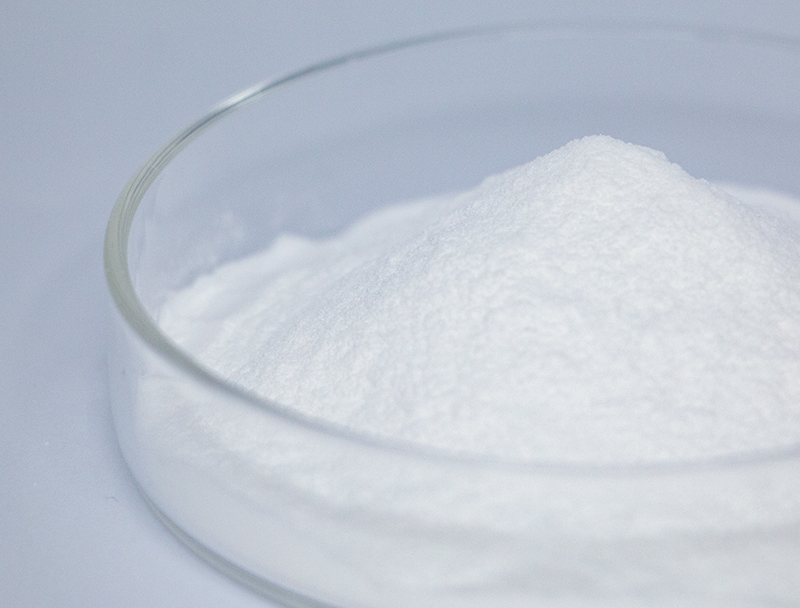
Assessing Plant Biomass Pathways for Bioplastic Innovation
Increasing interest in sustainable materials spurs innovation in renewable resource development. Bioplastics produced from plant biomass form a compelling option for lowering environmental footprint. Plant inputs like corn-derived starch, cellulose derivatives, and sugarcane can be turned into degradable plastics that lessen environmental burdens.
Additionally, many plant-based bioplastics show performance characteristics similar to conventional plastics for numerous uses.. Continued research and innovation in this field are crucial to unlocking the full potential of plant-based biomass feedstocks in the manufacture of sustainable bioplastics, paving the way for a circular economy.
This Emerging Impact on Public Health and Food Systems
Biotechnology equips researchers with methods to tackle health crises and bolster food availability. With genetic tools, engineered biological systems, and regenerative cell approaches, experts craft interventions to manage diseases, enhance agriculture, and fortify nutrition.. A concrete example includes modified crops engineered for pest and stress tolerance that yield more while decreasing pesticide needs. Furthermore, biotechnology supports creation of vaccines, therapeutic agents, and advanced diagnostics that strengthen responses to infectious threats and enhance health outcomes.. As research progresses, biotechnology holds immense Calcium alpha-ketoglutarate promise for creating a healthier and more sustainable future for all.
